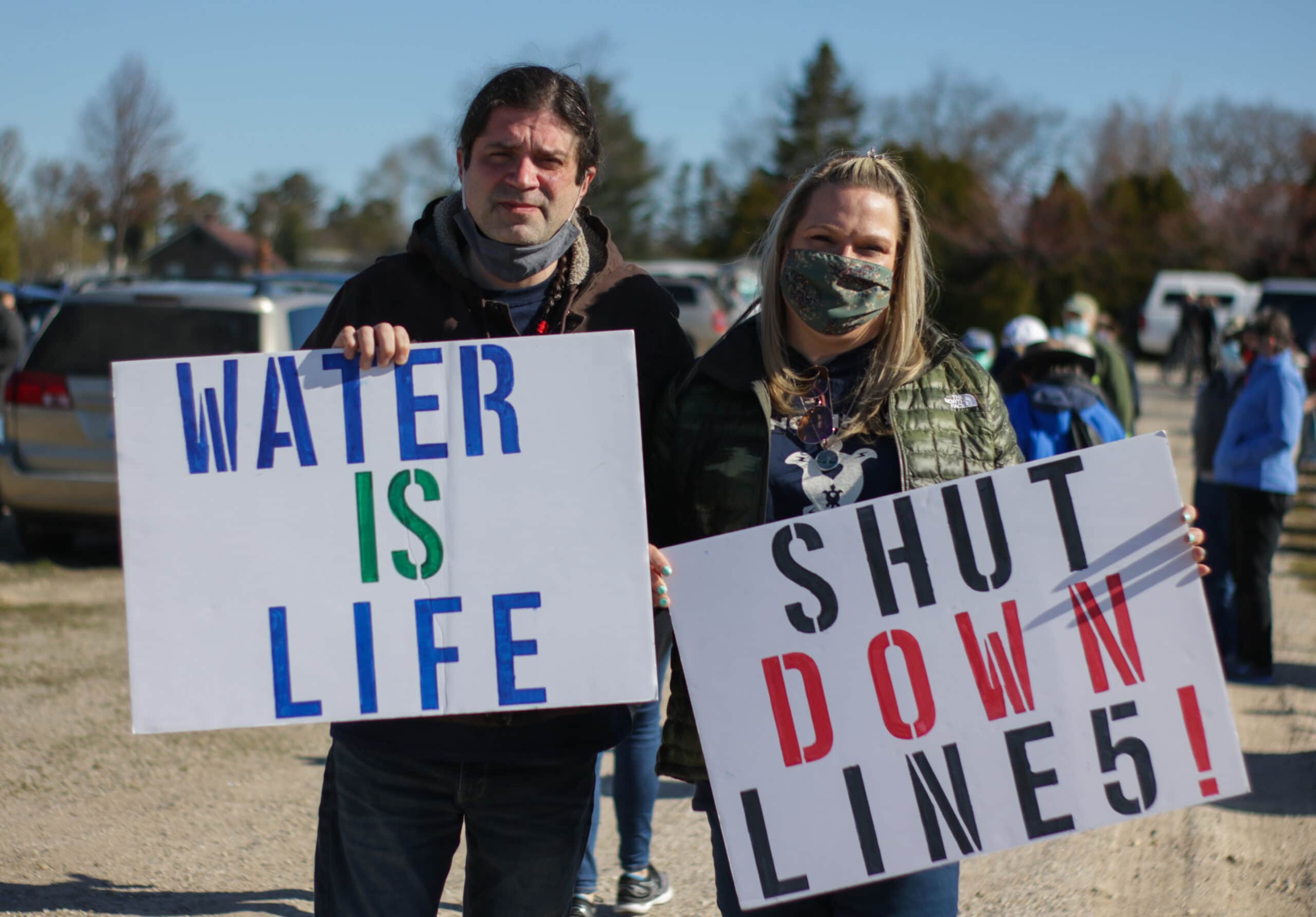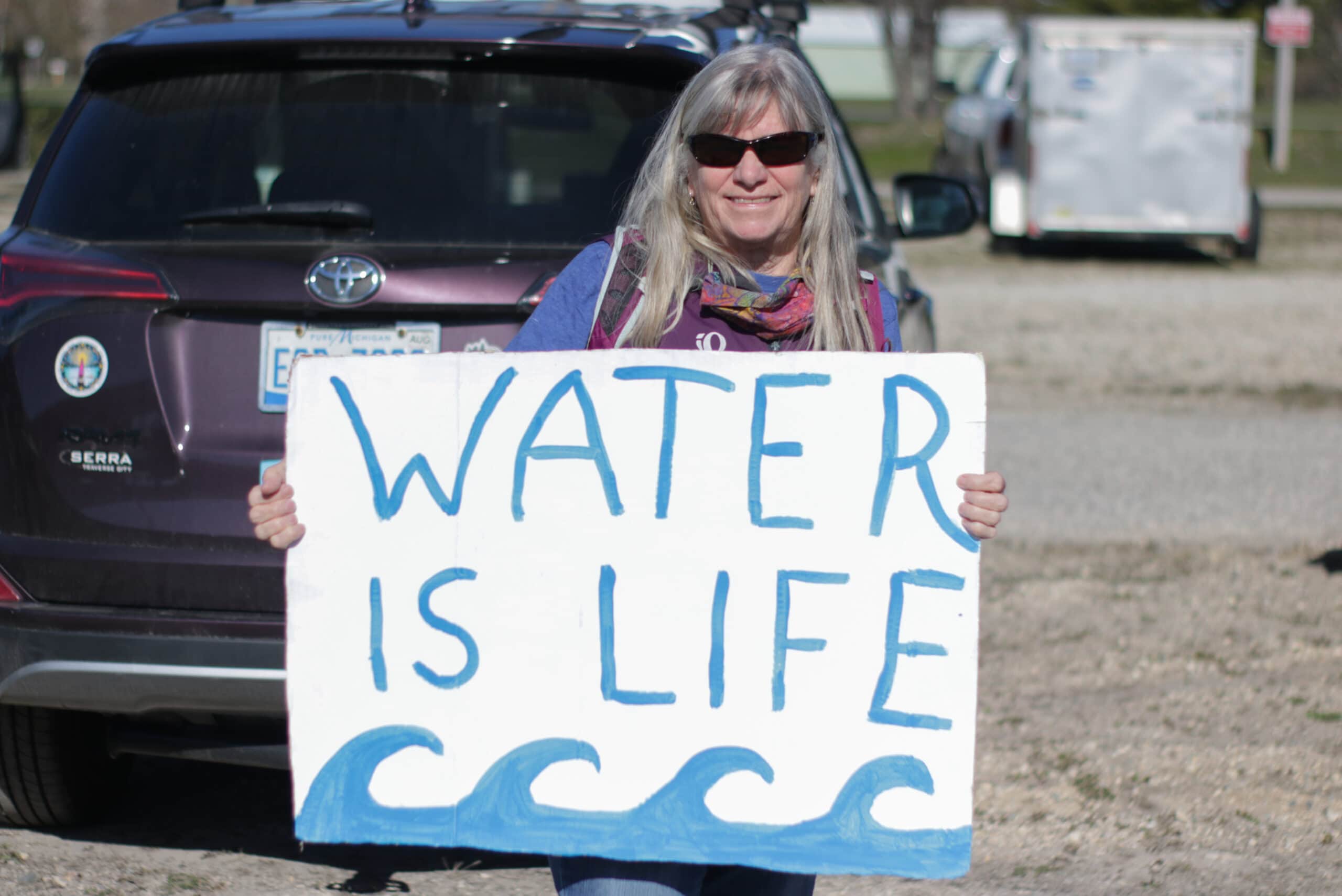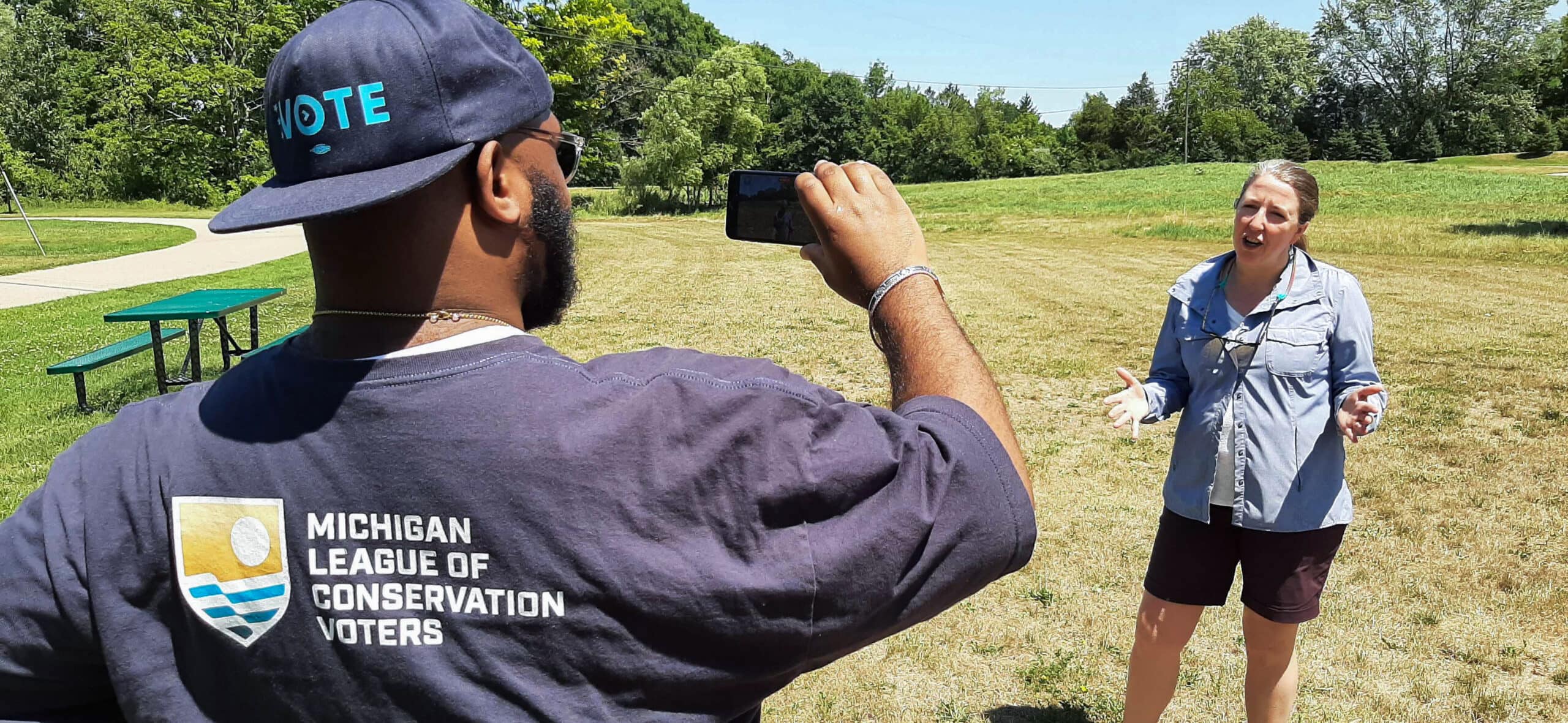All Michiganders deserve a just, liveable future, and we understand what’s at stake. We need to make sure our elected officials share our values. Achieving that is going to take education, advocacy, and political action.
And all three of those strategies rely on you — your commitment and your willingness to fight for justice and the people and places you love.











